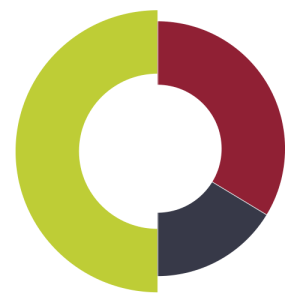TEP EssentialsWhere to start when it comes to wildfire management? The existing knowledge must be adapted in a very simple and straightforward way so that it can be applicable worldwide. This means adjusting traditional expertise to a methodology complemented by quality aspects that are currently used by firefighting services. It is a global necessity to provide all wildland firefighters with shared knowledge in order to speed up the decision-making process and the understanding of what is happening.
Wildfire behaviour fundamentals allow us to generate a basis of concepts necessary when working on the front line of a wildfire. This requires understanding how the wildfire behaves and identifying all the relevant factors that influence it, as well as knowing how to describe what we are seeing in order to be able to understand what actions or operations we are carrying out.
Before introducing the methodology of what we consider to be four most important questions: what does the wildfire want to do? what can it actually do? what do we want to do? and what can we actually do? it is necessary to master the most important fundamental basics that dominate, define and allow for a good understanding of wildfire behaviour.
Validity of the license: 6 months to complete the course from the time of enrolment.
License extension: Once the license has expired, whether or not you have completed the course, you can reactivate it at any time and as many times as you want through the 6-month extension. For enquiries, contact hola@emergprogram.com
Where to start when it comes to wildfire management? The existing knowledge must be adapted in a very simple and straightforward way so that it can be applicable worldwide. This means adjusting traditional expertise to a methodology complemented by quality aspects that are currently used by firefighting services. It is a global necessity to provide all wildland firefighters with shared knowledge in order to speed up the decision-making process and the understanding of what is happening.
Wildfire behaviour fundamentals allow us to generate a basis of concepts necessary when working on the front line of a wildfire. This requires understanding how the wildfire behaves and identifying all the relevant factors that influence it, as well as knowing how to describe what we are seeing in order to be able to understand what actions or operations we are carrying out.
Before introducing the methodology of what we consider to be four most important questions: what does the wildfire want to do? what can it actually do? what do we want to do? and what can we actually do? it is necessary to master the most important fundamental basics that dominate, define and allow for a good understanding of wildfire behaviour.
Validity of the license: 6 months to complete the course from the time of enrolment.
License extension: Once the license has expired, whether or not you have completed the course, you can reactivate it at any time and as many times as you want through the 6-month extension. For enquiries, contact hola@emergprogram.com
Open license! 75 €
Sign up nowObjectives
- Understand the key principles of a wildfire, why and how it spreads across a landscape.
- Strengthen our knowledge of the three essential fundamentals for understanding grassfires: the fire behaviour triangle, heat transfer dynamics and basic spread factors.
- Understand fire behaviour and its prediction through fire spread factors separated into three main groups: meteorology, topography, and fuels, also known as the wildfire behaviour triangle.
- Identify and describe different parts of a wildfire in order to clearly determine the different areas and targets in changing situations.
- Interpret fire behaviour variables, to understand our operations and how their interpretation conditions our view towards safety.
Content
- Understand the key principles of a wildfire, why and how it spreads across a landscape.
- Strengthen our knowledge of the three essential fundamentals for understanding grassfires: the fire behaviour triangle, heat transfer dynamics and basic spread factors.
- Understand fire behaviour and its prediction through fire spread factors separated into three main groups: meteorology, topography, and fuels, also known as the wildfire behaviour triangle.
- Identify and describe different parts of a wildfire in order to clearly determine the different areas and targets in changing situations.
- Interpret fire behaviour variables, to understand our operations and how their interpretation conditions our view towards safety.



 Conversations with successful professionals
Conversations with successful professionals Downloadable materials
Downloadable materials Assessment tests
Assessment tests
